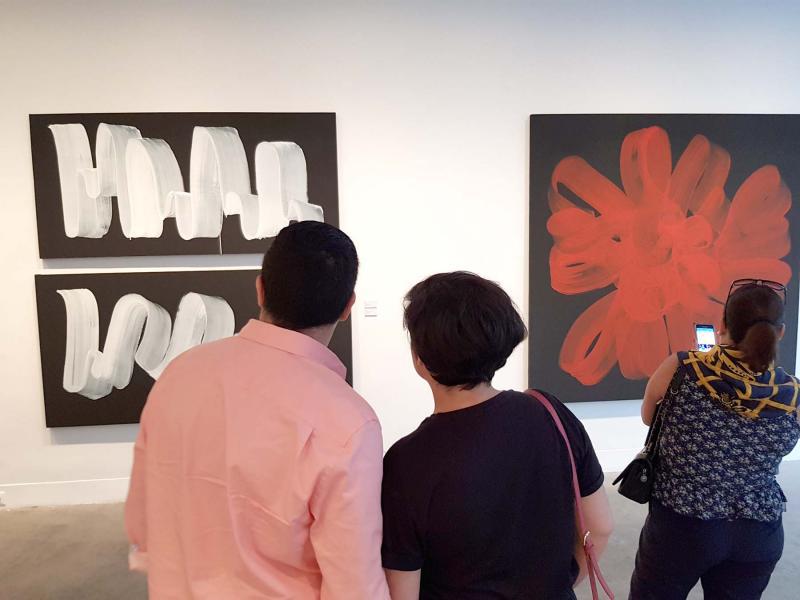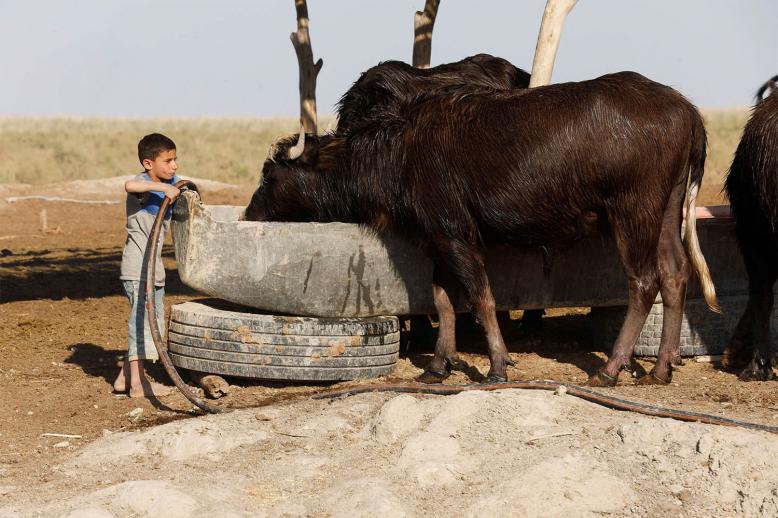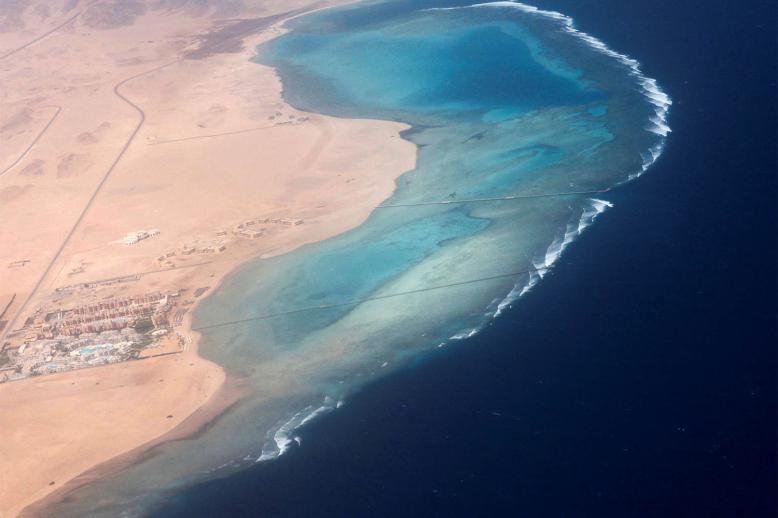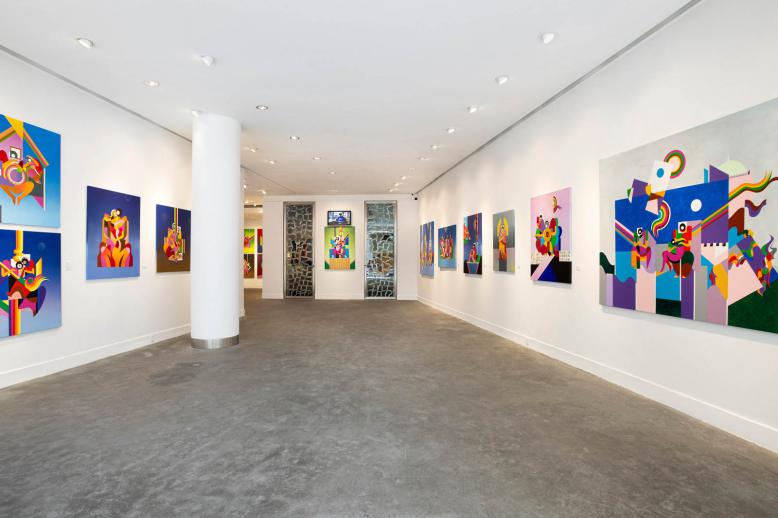Waves, Gnawa soul and trance blend in Najia Mehadji’s work
CASABLANCA - L’ Atelier 21 gallery in Casablanca is displaying paintings of French-Moroccan artist Najia Mehadji. Titled “The Invention of the Gesture,” the solo exhibition features the work of the artist who was inspired by Gnawa artists and waves.
“The exhibition’s title well designates Mehadji’s source of art. For several years, the gesture has been powerfully applied on her canvas for the accomplishment of her oil stick paintings,” said Nathalie Gallissot, director of the Ceret Modern Art Museum.
Mehadji’s frescos illustrate decades of inspiration that reflect her Moroccan roots. Gnawa music is omnipresent in her artwork, thanks to the concerts and nights that took place near her workshop in the coastal city of Essaouira.
“It’s an exhibition of my latest work, which is based on the sound waves of Gnawa and the sea waves, including their continuous back-and-forth movement,” said Mehadji.
The Paris-born artist chose vibrant and energetic colours in her paintings with resonant shapes with a swirling rhythm that has possessed her spirit.
A black wave rolling on itself and painted on a red background depicts the whirling and frenetic rhythm of trance, an integral part of Gnawa’s rituals.
“The inspiration that she has drawn from the drapes of El Greco or Camille Claudel’s ‘The Waltz’ bursts in the volutes and windings imbued with mysticism and passion, heralding the wave,” said Gallissot.
In its undulating movement, the wave handles a degree of uncertainty in terms of its amplitude.
“The wave is both inescapable and unpredictable,” Mehadji said. “It can be synonymous with sadness and happiness. It is the metaphor of going to oneself and towards the others.”
Drawn in a large, continuous gesture, tuned to the rhythm of the breath, the wave is the result of the artist’s concentration and drawing experience. Like the ocean wave, it carries both unpredictability and inescapability. White on a black background and blue on a white background, the wave is rhythm and variation.
“The black and white are the colours of Sufism. The green reflects the colour of Gnawa and the white and deep blue are the colours of the wave and the ocean,” Mehadji said.
Her work is based on the meeting of Eastern and Western cultures, which she perfectly blends. For almost four decades, she has combined practical techniques and real movements with culture.
“Two representations where nature asserts a superiority and a power almost vengeful that I cannot help tampering by the vision, which was mine while we walked on the beach of Essaouira, a fringe of a white foam glittering under the sun, drawing a surf of the sweetness of a tidal bore,” said Gallissot.
The wave was also present in Mehadji’s paintings during an exhibition in 2015 on the theme of migration in Casablanca. The motive of the wave is contemporarily a symbol of human destiny.
“Fascinating by its eternal return in infinite variants, the wave is omnipresent in Sufism, as a symbol of the perpetual movement between two poles, between the source and elsewhere, the near and the far, the sky and the earth… A philosophy that has always underpinned the artist’s work,” Gallissot said.
The aquatic element is present in Mehadji’s painting titled “Fall,” as white colour dominates the black background.
“The Invention of the Gesture” will be open at L’Atelier 21 through October 27. Mehadji’s work is also the subject of a solo exhibition, “The Trace and the Breath,” through November 4 at the Ceret Modern Art Museum in France.
Saad Guerraoui is a regular contributor to The Arab Weekly on Maghreb issues.
This article was originally published in The Arab Weekly.






